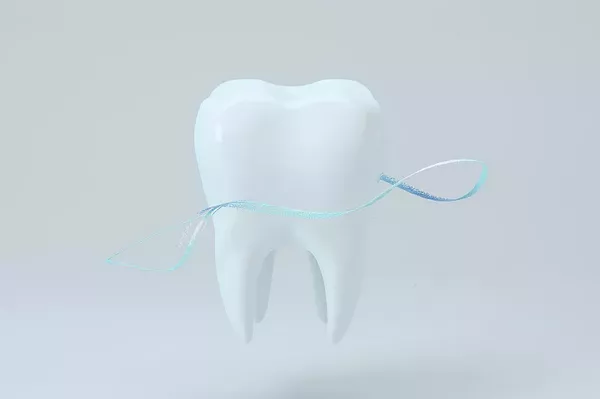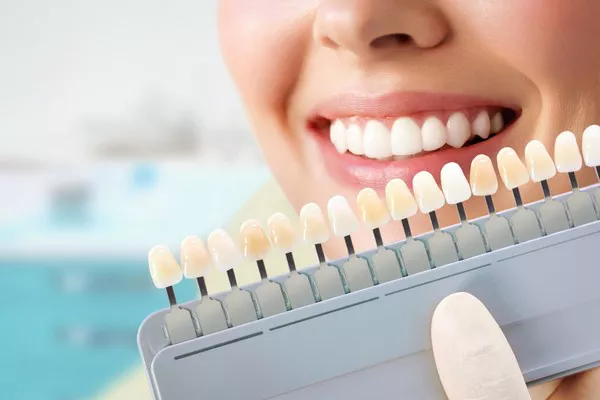Teeth whitening is a cosmetic dental procedure that has skyrocketed in popularity over the past few years. While professional teeth whitening treatments can be expensive, many people prefer to use at-home whitening products, such as white strips, to achieve a brighter smile. But how do these products work? In this article, we’ll take a closer look at how white strips work and discuss their effectiveness.
What are White Strips?
White strips are one of the most popular types of at-home teeth whitening products. They are thin, flexible strips coated with a gel containing hydrogen peroxide or carbamide peroxide, which are both active bleaching agents. The strips are designed to stick to your teeth and deliver the whitening gel directly to the surface of your teeth.
How Do White Strips Work?
When you apply white strips to your teeth, the whitening gel in the strips penetrates the enamel of your teeth and breaks down stains by reacting with the chromogens in the stain molecules. Chromogens are large and colorful molecules that are responsible for tooth discoloration. When the whitening gel comes into contact with the chromogens, it breaks them down into smaller, colorless molecules, which makes your teeth appear whiter.
The hydrogen peroxide or carbamide peroxide in the whitening gel also creates oxygen molecules, which enter the pores of the enamel and bleach the stained substance. This process is called oxidation and helps to remove both surface stains and deeper stains that have penetrated the enamel.
White strips typically need to be worn for 30 minutes to an hour each day, depending on the brand and strength of the product. During this time, the whitening gel works to remove stains and brighten your teeth. Most brands recommend using the strips daily for 10-14 days, although some products can provide results in as little as three days.
Are White Strips Effective?
White strips can be an effective way to whiten your teeth at home, but their effectiveness depends on several factors. The strength of the whitening gel, the length of time you wear the strips, and the severity of your tooth discoloration can all affect how well the product works.
If your teeth are severely stained or discolored, white strips may not be sufficient to achieve the level of whitening you desire. In this case, you may want to consider a professional teeth whitening treatment from a dentist.
It’s also important to note that white strips can cause sensitivity in some people. The bleaching agents in the whitening gel can irritate the nerves in your teeth, causing temporary sensitivity to hot and cold temperatures. If you experience sensitivity while using white strips, it’s recommended that you reduce the frequency of use or try a gentler product.
Conclusion:
White strips can be an effective and convenient option for at-home teeth whitening. By understanding how they work, you can make an informed decision about whether white strips are the right choice for you. Remember to follow the instructions carefully and speak with your dentist if you have any concerns about using these products. With proper use, white strips can help you achieve a brighter, more confident smile.





























